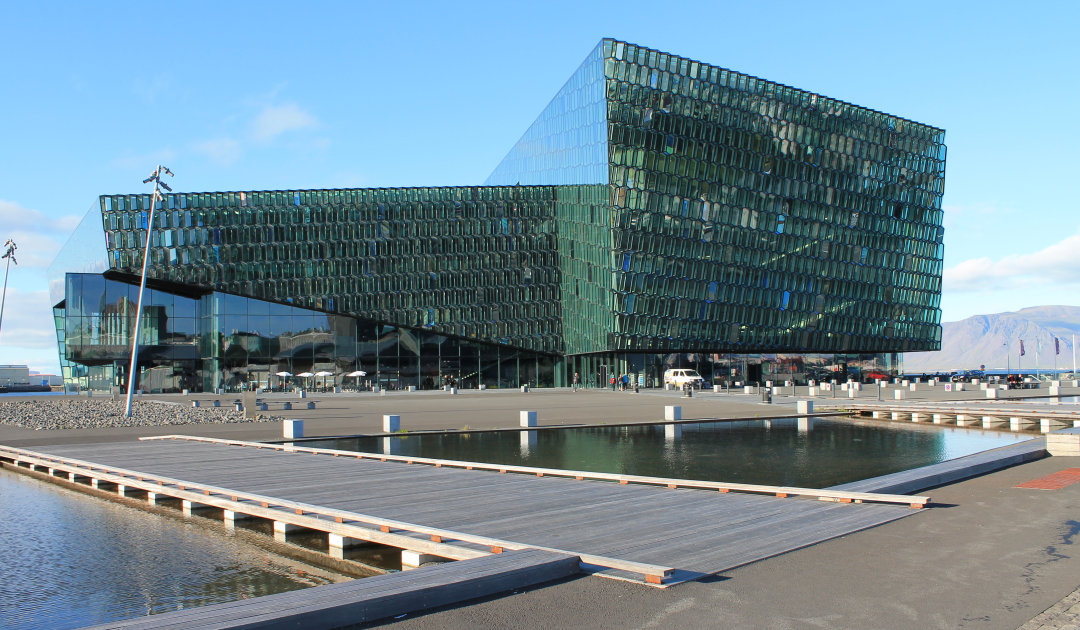
For several years, icy temperatures have prevailed not only in nature. Politically, too, the situation in the far north has moved more towards the freezing point again. Sanctions due to the Ukraine conflict, alleged election meddling, Russia’s massive economic and military expansion along its Arctic coastline, and last but not least, the country’s territorial claims beyond the North Pole, have led to fears that the U.S. and Russia are moving back into a new “Cold War.” There has also been no summit between the countries since the new US administration took office. This could now change at this year’s Arctic Council meeting.
The US State Department confirmed yesterday that US Secretary of State Anthony Blinken will attend the Arctic Council ministerial meeting. Russia’s Foreign Minister Sergei Lavrov had earlier confirmed his attendance because Russia will take over the chairmanship of the Arctic Council from Iceland this year. This means that the two representatives of the most powerful states in the world could meet on the sidelines of the Arctic Council meeting.

This year’s Arctic Council meeting will also be dominated by the COVID pandemic. This means that due to the Corona situation, both foreign ministers will be quarantined after entering Iceland. In addition, the participating States and organizations were requested to arrive only with the ministers and the heads of the permanent organization members. Since they are both probably going to their “working quarantine” in the same place, there is a possibility of a meeting before the actual ministerial meeting, states the newspaper Icelandreview. However, officials have yet to confirm whether such a meeting will actually take place. It would be the first time for the two foreign ministers to meet. While Sergey Lavrov has been serving as Russia’s foreign minister since 2004, Anthony Blinken only took office this year under the new US president, Joe Biden.
But in the past 3 months, Secretary of State Blinken and President Biden had repeatedly shown a tougher and more consistent approach to Russia and strongly criticized the government in Moscow. In addition, the USA has again undertaken more military action in the Arctic, especially in cooperation with its NATO partners. These include the deployment of long-range strategic bombers to Norway, a visit by a U.S. nuclear submarine to Tromsoe, and the planned expansion of Evenes Air Base and the nearby Ramsund Naval Station in northern Norway. But Russia did not hold back either, and Defense Minister Shoigu, in a speech during a visit to the Northern Fleet, blamed the US and NATO for the current situation.

Despite the strong words and actions of both sides, President Biden and President Putin agreed to a strategic stability dialogue between the two countries during a telephone conversation in mid-April. The two countries also intend to cooperate within the framework of the Arctic Council on the climate crisis and to step up efforts to protect the Arctic population and Arctic nature. Nor is it likely that the Arctic Council meeting will result in a similar eclat as in 2019, when then-Secretary of State Mike Pompeo torpedoed the council’s memorandum of understanding on climate change and refused to sign it. For the current US administration, solving the climate issue has a much higher priority than for the Trump administration.
Russia had already stated that as chair of the Arctic Council, they would seek cooperation with all Arctic stakeholders to address the problems posed by climate change. A first step would be the meeting in Reykjavik between the two parties to show that there are not only words but real intentions behind it. Because the Arctic and its inhabitants do not need military muscle shows, but real solutions to the very real problems of climate change and its social, economic and environmental impacts. The Arctic Council platform would be perfect for this.
Dr Michael Wenger, PolarJournal
More on the subject:







